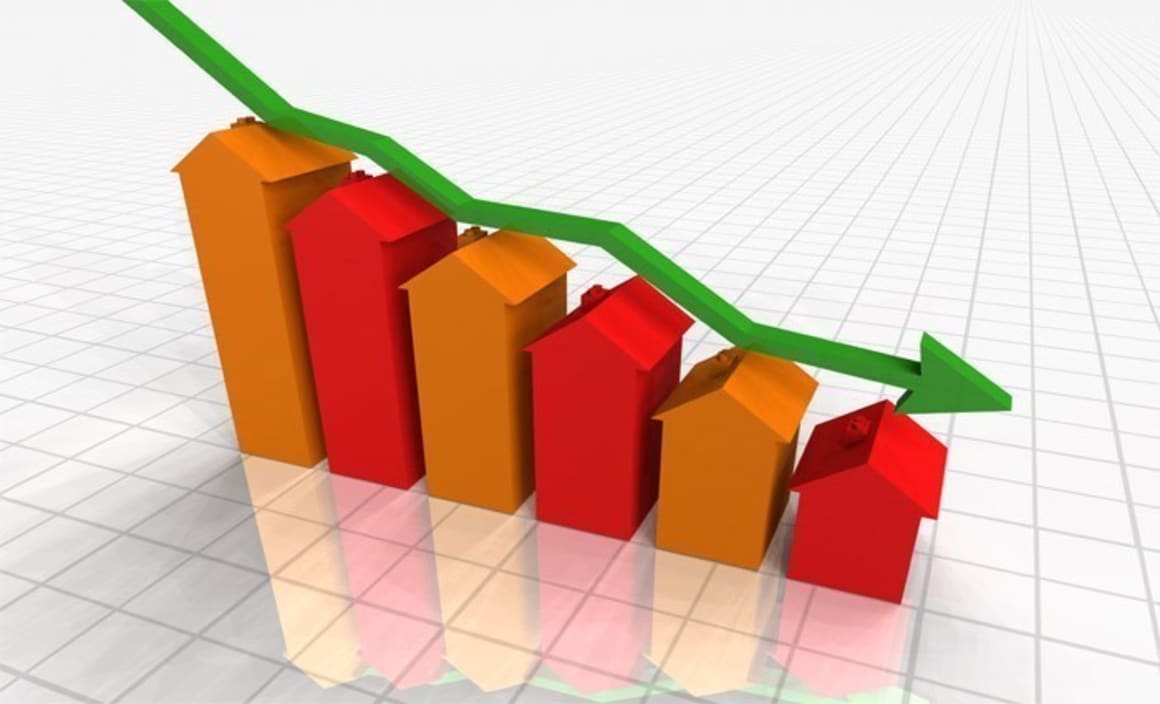Shane OliverDecember 7, 2020
EXPERT OBSERVER
Australian capital city dwelling prices fell for the eighth month in a row in June, with a fall of -0.3% which left average prices down -1.6% from a year ago, their weakest since 2012.
Sydney dwelling prices fell another 0.3% and have now fallen 4.8% from their August 2017 high, Melbourne prices fell another 0.4% and are down 2% from their November high.
Perth's prices have fallen as well (-0.5%), Darwin (-1.1%) and Canberra (-0.3%) fell again but Brisbane and Adelaide saw continuing modest gains and while Hobart prices are up 12.7% year on year, the Hobart property market may be starting to cool down a bit with prices rising just 0.3% in June.
Click here to enlarge.
The combination of tighter bank lending standards, particularly with the focus now around borrowers’ income and expenses and restricting loans to households with high debt to income ratios, along with poor affordability, rising supply, falling price growth expectations and the end of FOMO (fear of missing out) are pushing prices down in cities which have seen strong gains since 2012, ie Sydney and
Melbourne.
This is also evident in weak and still falling auction clearance rates and auction sales volumes in those cities. For example, the sub 50% auction clearance rate in Sydney is consistent with ongoing price weakness.
The decline in Sydney and
Melbourne property prices likely has further to go as these considerations continue to impact.
We expect these cities to see a top to bottom fall in prices of around 15% spread out to 2020 which given falls already recorded since last year implies another 10 to 13% downside.
However, having not had the same boom over the last five or six years other capital cities are likely to perform better.
Perth and Darwin look to be at or close to bottoming (albeit the bottoming process may take a while), Adelaide, Brisbane and Canberra are likely to see moderate growth and the boom in Hobart is likely to continue albeit at a cooler rate.
Similarly home prices in regional centres (flat in June/+2.2%yoy) are likely to hold up better with continuing modest growth as generally speaking they haven’t had the same boom as Sydney and
Melbourne and so offer much better value and much higher rental yields.
The average gross rental yield for regional areas is 4.9% compared to just 3.4% in the capital cities.
Capital city unit prices continue to hold up a bit better than home prices but may come under more pressure, they fell by another 0.2% in June, as more supply comes on.
The residential crane count may have peaked in Sydney and
Melbourne but its still high meaning that there is still a huge amount of units to hit these two markets.
Overall, Sydney and
Melbourne are likely to see a top to bottom fall of around 15% spread out to 2020, but for national average prices the top to bottom fall is likely to be around 5%.
A crash landing is unlikely in the absence of much higher interest rates or unemployment, but it’s a risk given the difficulty in gauging how severe the latest tightening in bank lending standards in the face of the Royal Commission will get.
Ongoing home price falls in Sydney and
Melbourne will depress consumer spending as the wealth effect goes in reverse.
It’s consistent with our view that the RBA will leave rates on hold out to 2020 at least.
Home price weakness is at levels where the RBA started cutting rates in 2008 and 2011, so while it’s not our base case we still can’t rule out the next move in rates being a cut rather than a hike.
